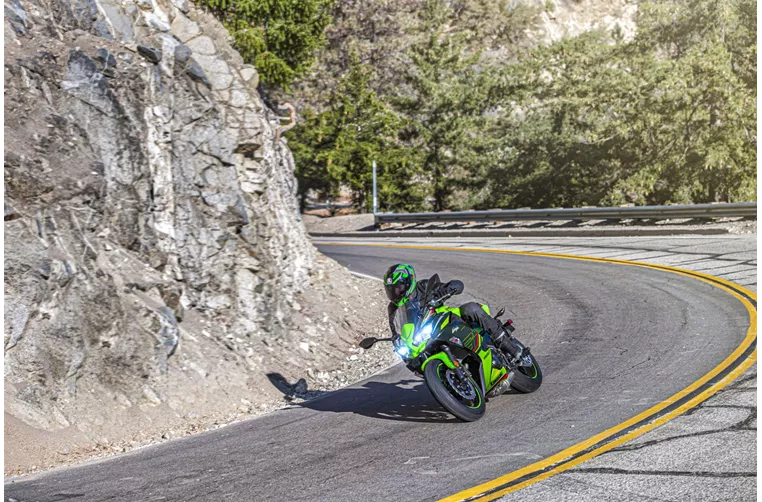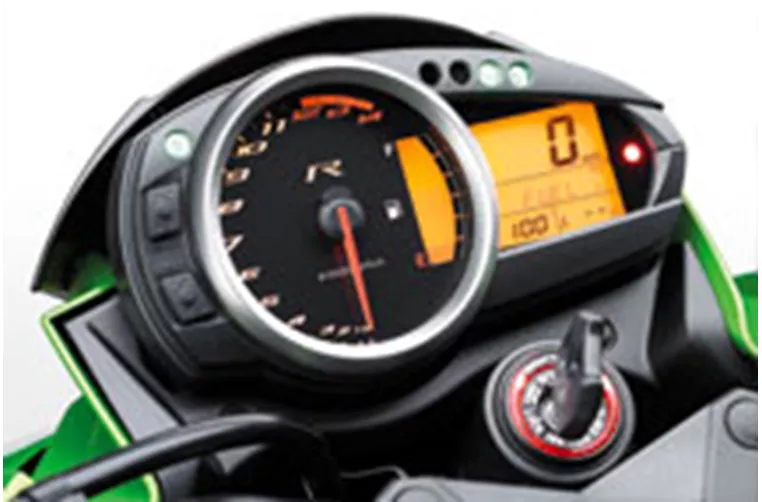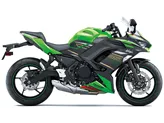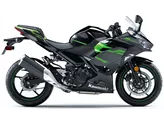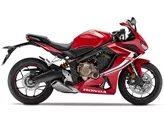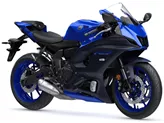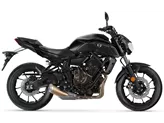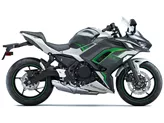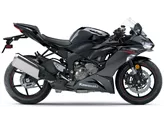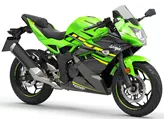Kawasaki Ninja 650 2023 vs. Kawasaki Z 750R 2011
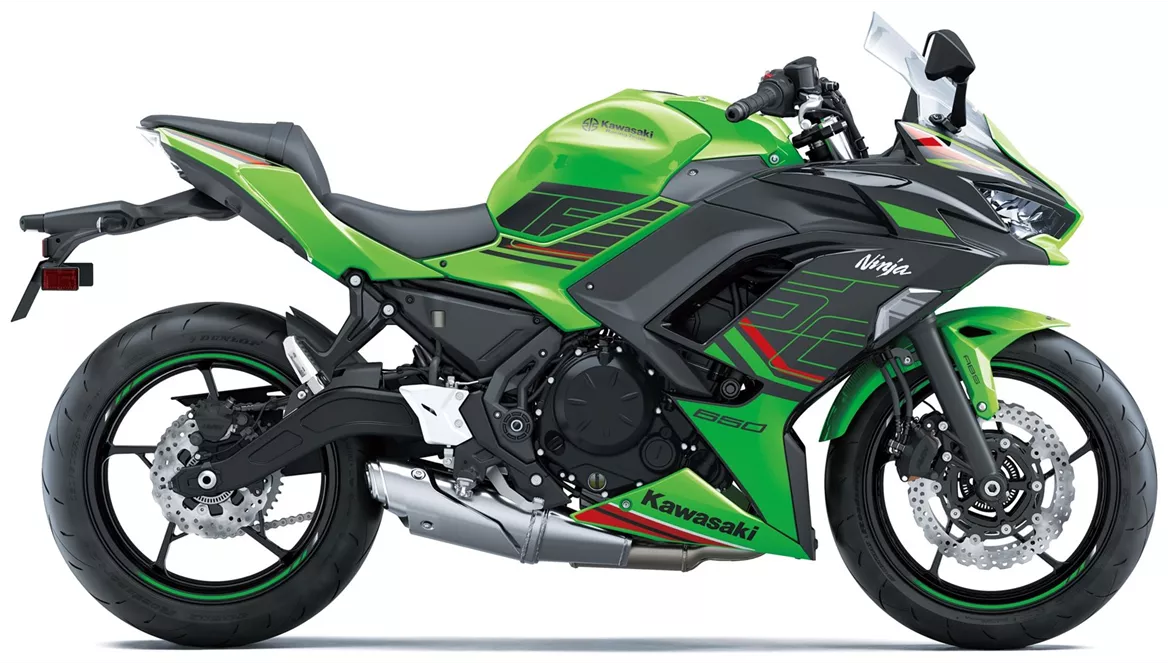
Kawasaki Ninja 650 2023

Kawasaki Z 750R 2011
Overview - Kawasaki Ninja 650 2023 vs Kawasaki Z 750R 2011
The Kawasaki Ninja 650 model year 2023 and the Kawasaki Z 750R model year 2011 are both impressive motorcycles in their respective classes. However, there are notable differences between the two that make them suitable for different types of riders and riding styles.
Starting with the technical specifications, the Kawasaki Ninja 650 2023 is equipped with a 649cc in-line engine that delivers 68.2 horsepower and 65.7 Nm of torque. It has a compression ratio of 10.8 and features a liquid cooling system. On the other hand, the Kawasaki Z 750R 2011 is powered by a larger 748cc in-line engine that produces a higher output of 106 horsepower and 78 Nm of torque. It has a compression ratio of 11.3 and also utilizes a liquid cooling system. Both motorcycles have a similar engine configuration, but the Z 750R offers more power and torque, making it a more performance-oriented option.
In terms of suspension, the Ninja 650 2023 features a telescopic fork at the front, while the Z 750R 2011 is equipped with an upside-down telescopic fork. The rear suspension on the Ninja 650 2023 can be adjusted for preload, while the Z 750R 2011 allows for rebound adjustment. These differences in suspension setup may result in variations in handling and comfort, with the upside-down fork on the Z 750R providing better stability and control.
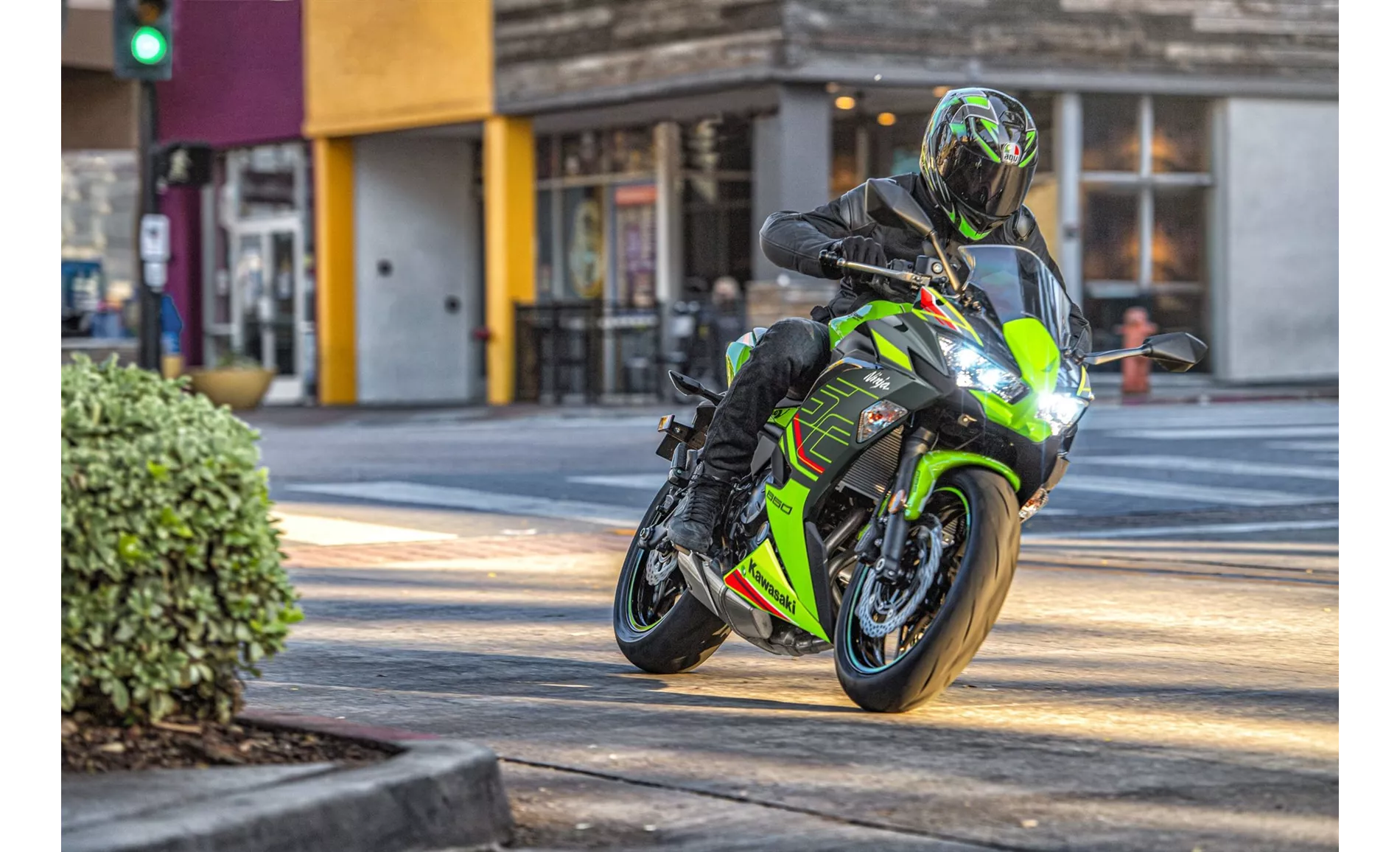
Kawasaki Ninja 650 2023
Both motorcycles have a steel frame, but the Ninja 650 2023 utilizes a tubular frame, while the Z 750R 2011 employs a twin-tube frame. The choice of frame design can impact the overall rigidity and handling characteristics of the bike. Additionally, both models feature double disc brakes at the front, but the Z 750R 2011 has four-piston calipers compared to the double piston calipers on the Ninja 650 2023. This difference in braking technology may result in improved braking performance on the Z 750R.
In terms of dimensions and weights, the Ninja 650 2023 has a front tire width of 120mm and a rear tire width of 160mm, both with a diameter of 17 inches. It has a wheelbase of 1410mm and a seat height of 790mm. The kerb weight of the Ninja 650 2023, including ABS, is 193kg, and it has a fuel tank capacity of 15 liters. On the other hand, the Z 750R 2011 has a front tire width of 120mm and a rear tire width of 180mm, also with a diameter of 17 inches. It has a slightly longer wheelbase of 1440mm and a taller seat height of 835mm. The kerb weight of the Z 750R 2011, including ABS, is higher at 230kg, and it has a larger fuel tank capacity of 18.5 liters.
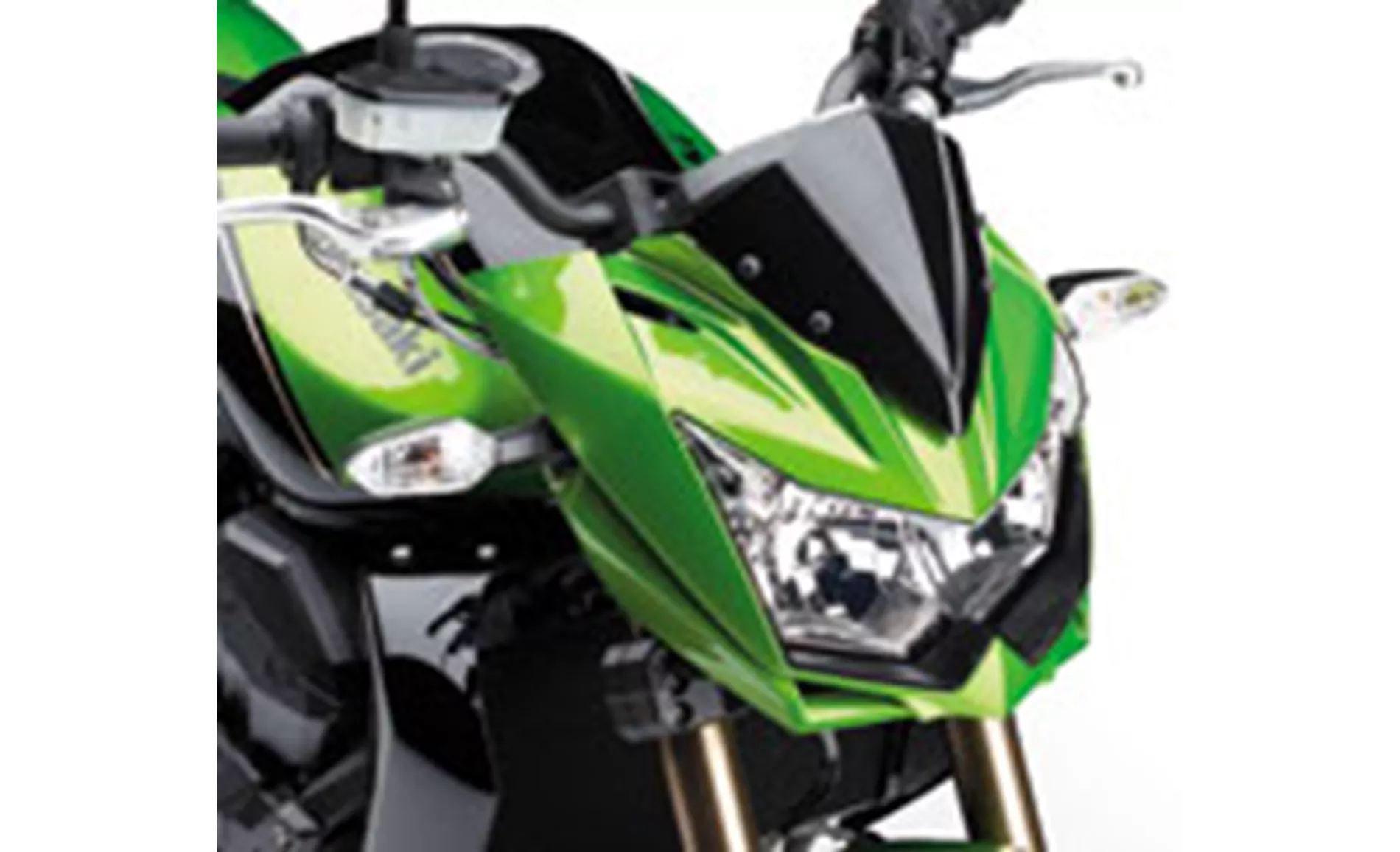
Kawasaki Z 750R 2011
Considering the strengths of the Ninja 650 2023, it is suitable for touring and offers a comfortable riding experience. It also features a safety package and has a very accessible and ergonomically versatile design. Additionally, it retains the typical Ninja look, which is appealing to many riders. On the other hand, the Z 750R 2011 is praised for its confident engine performance and excellent braking system, which includes ABS for added safety.
However, there are also weaknesses to consider. The Ninja 650 2023 has only average chassis and brake performance, which may not satisfy riders looking for more aggressive handling. Additionally, adjusting the rear shock absorber on the Ninja 650 2023 can be laborious. On the other hand, the Z 750R 2011 has been criticized for its stability, with some riders experiencing unsteadiness in the chassis.
In conclusion, the Kawasaki Ninja 650 2023 and the Kawasaki Z 750R 2011 are both impressive motorcycles with their own set of strengths and weaknesses. The Ninja 650 2023 is a versatile and accessible option, ideal for touring and everyday riding, while the Z 750R 2011 offers a more performance-oriented experience with its powerful engine and excellent braking system. Ultimately, the choice between the two will depend on the rider's preferences and intended use of the motorcycle.
Technical Specifications Kawasaki Ninja 650 2023 compared to Kawasaki Z 750R 2011
Pros and Cons in comparison
Pros and Cons in comparison
Kawasaki Ninja 650 2023
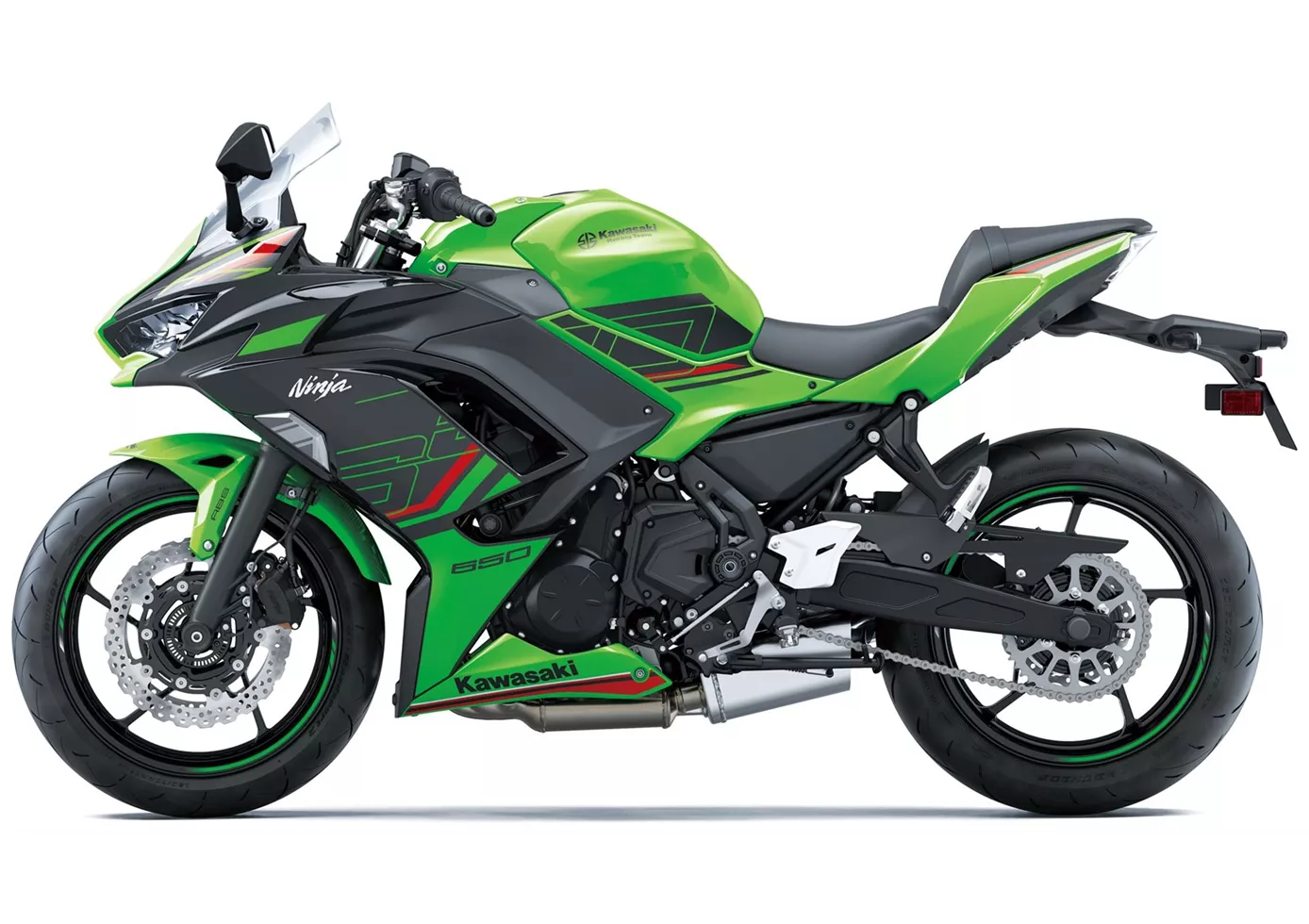
To judge the Kawasaki Ninja 650 purely on its paper form would be a serious mistake. The two-day test showed once again that performance data carries more weight at the pub table than in the wild. Kawa's sports tourer does exactly what it is supposed to and, thanks to the constant revision and the new features added for 2023, is still an enrichment for the class. Only hobby racers should be warned, as the name Ninja still stirs up a certain expectation that the 650 does not fully meet.
Kawasaki Z 750R 2011
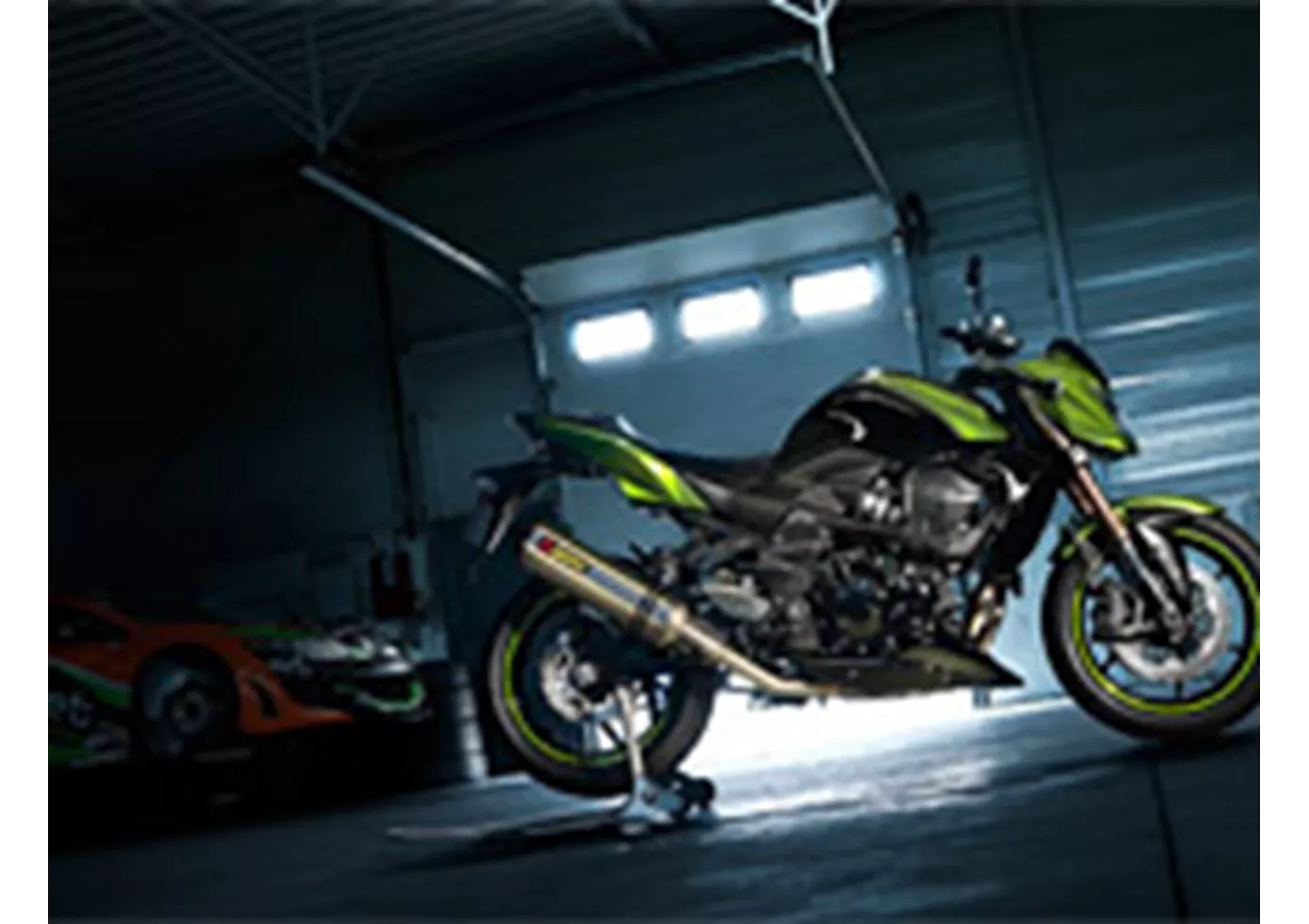
All in all, we think the Kawasaki Z 750 is right to wear the R. It is definitely a lot of fun on trackdays. However, if you want to hunt for lap times energetically, you have to invest in the chassis. Primarily to gain lean angle clearance. After that, you could even think about an "RR" in the name abbreviation.
Price Comparison Avarage Market Price Kawasaki Ninja 650 vs Kawasaki Z 750R
There are a few key differences between a Kawasaki Ninja 650 2023 and a Kawasaki Z 750R 2011. In terms of price, the actual average price of a Kawasaki Ninja 650 2023 is about 44% higher. Compared to Kawasaki Z 750R 2011 there are more Kawasaki Ninja 650 2023 bikes available on the 1000PS.de Marketplace, specifically 112 compared to 4. It takes less time to sell a Kawasaki Z 750R with 49 days compared to 137 days for the Kawasaki Ninja 650. Since model year 2017 1000PS.de editors have written 20 reviews for the Kawasaki Ninja 650 and 7 reviews for the Kawasaki Z 750R since model year 2011. The first review for the Kawasaki Ninja 650 was published on 04/10/2016 and now has more than 79,600 views. This compares to more than 17,800 views for the first review on Kawasaki Z 750R published on 14/09/2010.
